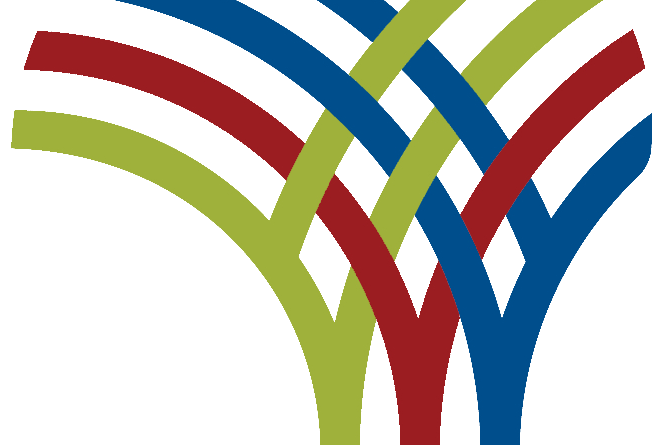Zambia: Transforming Internet Governance to Eliminate Online Inequalities
[ad_1]
Tech has shaped the lives of young people in profound and unique ways, hence the need to invest in it
Esther Mwema is a 28-year-old digital inequalities expert and artist from Zambia. A long-time activist on gendered safety issues, her current work grew out of the desire to increase girls’ representation in the digital governance sphere.
Tech has shaped the lives of young people in profound and unique ways, says Esther, so when it comes to its governance, “involving youth for me is a no-brainer”.
She is the founder of Digital Grassroots, the only youth-led organization in the Generation Equality Action Coalition on Technology and Innovation for Gender Equality.
System failure
“When we look at gender,” Esther says, “what is happening online is a replication of what is happening in the real world.”
In a reality shaped by patriarchy, colonialism and other hierarchical systems, technology reflects–and furthers–the inequalities they produce.
The internet’s militaristic origins, Esther emphasizes, have also shaped its governance. “That means that the issues affecting women and girls, and how technology can replicate gender inequality, were not at the centre,” she says.
Without effective governance, technology’s potential to improve the lives of women and other marginalized groups has gone unrealized.
In the COVID era, inequalities have only kept growing. “The pandemic amplified how much we rely on technology, and what it did was discriminatory,” Esther says. “It actually increased exclusion because depending on where you were in the world, were you able to afford the internet? Did you have access to the phone or the laptop to go to school? So it definitely deepened the divide in that way.”
Public good
Despite its origins, Esther believes the internet is fundamentally structured in a way that invites equality and cooperation.
“It was built on principles of openness where no one person can own it,” she says. And we can start improving internet governance just by upholding those open internet principles.
“The internet is now a public utility,” Esther emphasizes. “And so how we interact with it really has to be centered on human rights and human dignity.”
This should be the foundation of internet governance, she says: “Bringing gender into technology and internet governance is really about dismantling systems of inequality and ensuring that we all come in the fullness of our humanity with autonomy, with dignity, and we can all participate equally in shaping our digital future.”
Governments can begin to build this foundation by fostering equitable participation in tech spaces and applying feminist and intersectional lenses to policy and legislation.
“It’s really the simple things of ensuring equal access, ensuring safety by design, and ensuring we can have legislation that is responsive to our human needs online,” she says.
“What we should do is to imagine what kind of future we really want. And that means also imagining what technology should do for us as people and not let our imagination be determined by what big tech monopolies are telling us,” Esther emphasizes. “Because at the center of it all, it should be people.”
High stakes
Building that imagined world won’t be easy, Esther says, but don’t get discouraged. Instead, find communities that can help you stay strong.
“You have to take care of yourself first and not expect that the system is going to respond to your needs instantly,” she says. “It’s a long journey, so you have to be well and rely on others as well. It’s not a one-day thing and it’s not something you can do alone.”
“Real lives are at stake, so let’s not be slow about it,” she says. “Let’s not make big promises but actually act. It’s hard work. The hard work needs to be done by us as soon as possible.”
As a Commitment Maker to the Generation Equality Action Coalition on Technology and Innovation for Gender Equality, Digital Grassroots is funding the creation of three programmatic interventions to build the capacity of future leaders on internet literacy, internet health and internet governance. Implemented through an online platform where young people can build community, learn and exchange knowledge, the interventions aim to engage 1,000 young women by 2026.
The Generation Equality Action Coalitions are the world’s roadmap for gender equality. These innovative, multi-stakeholder partnerships focus on six critical areas for gender equality to achieve concrete change for women and girls worldwide.
The Action Coalition on Technology and Innovation for Gender Equality explores how technology and innovation can help advance gender equality and better respond to the needs of all women and girls. Learn more about the Generation Equality initiative here.
[ad_2]
Source link

